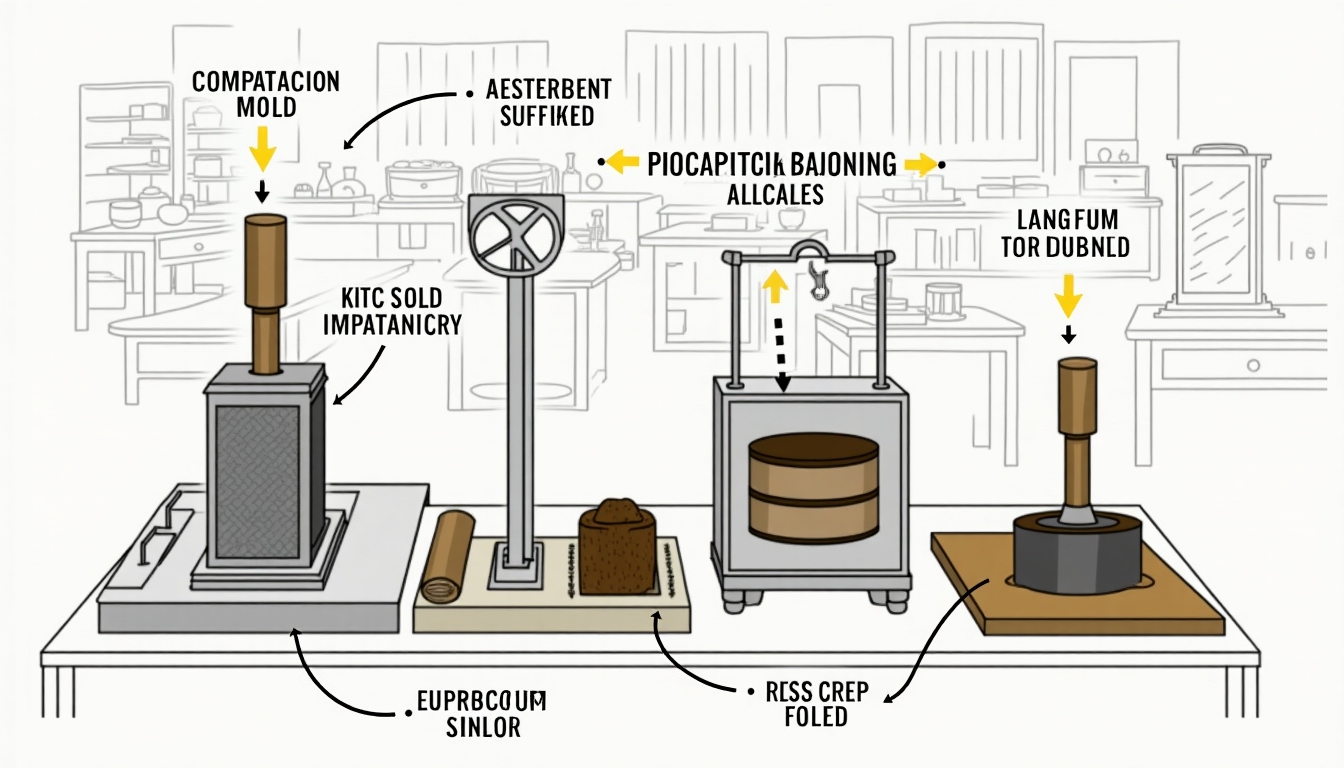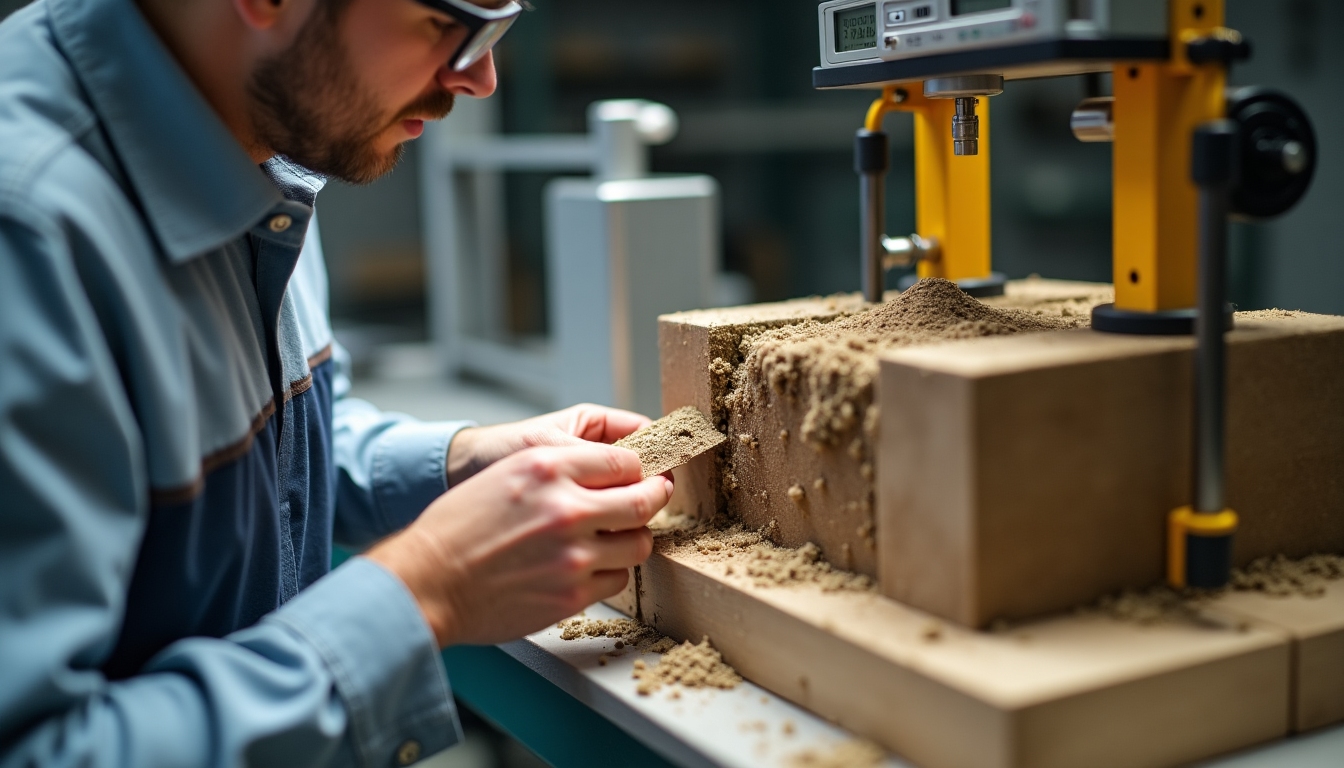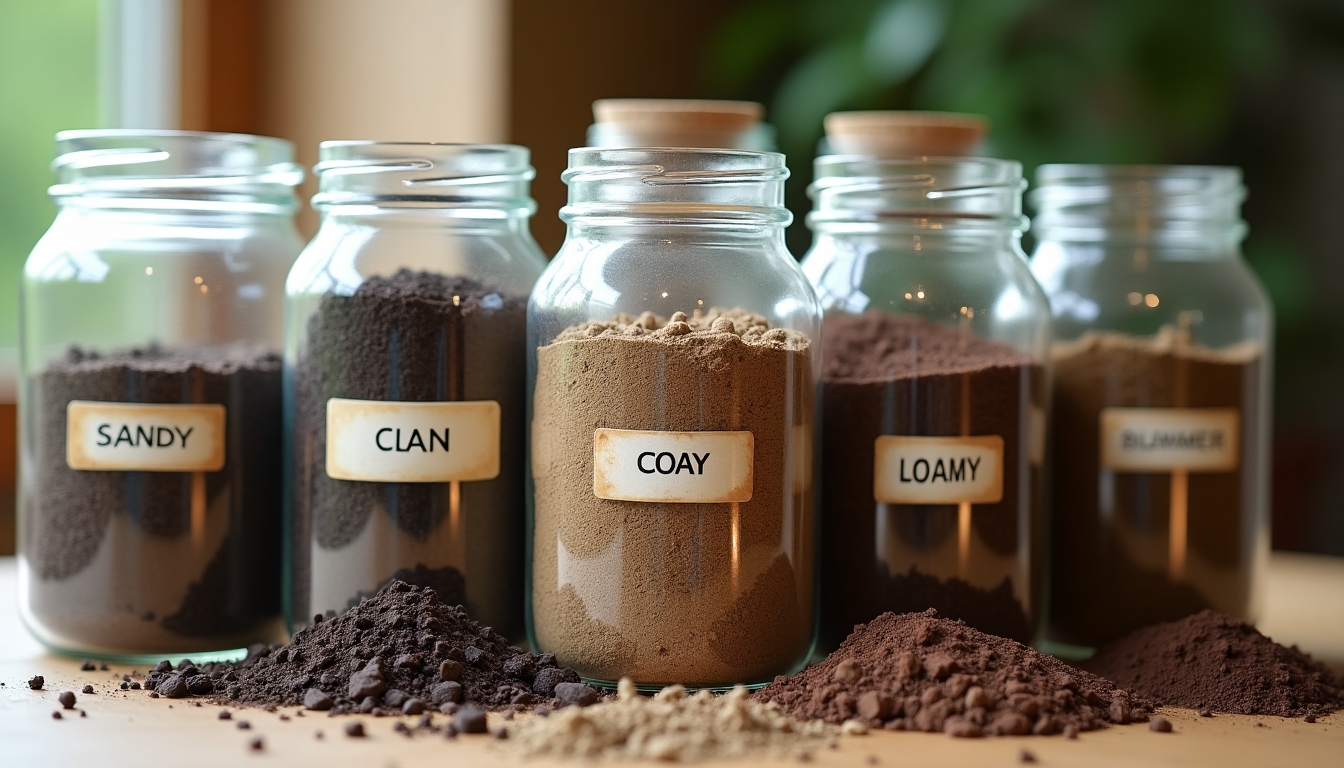The Essentials of Soil Mechanics Laboratory Tests and Procedures
Understanding Soil Mechanics Laboratory Tests
Soil mechanics laboratory tests and procedures are essential to designing solid foundations and ensuring the stability of structures. These tests reveal soil properties that are critical for construction projects.

Why are Soil Mechanics Tests Important?
Understanding the behavior of soil under various conditions helps engineers design safe and efficient foundations. These tests determine factors like soil strength, compressibility, and permeability. Without accurate soil data, structures like bridges, buildings, and roads could face severe structural failure.
Key Soil Mechanics Tests
Here's a look into some fundamental soil mechanics laboratory tests:
- Atterberg Limits Test: Determines the plastic and liquid limits of soil, crucial for understanding its behavior when moist.
- Proctor Compaction Test: Helps in finding the optimal moisture content where soil becomes densest.
- Direct Shear Test: Measures the shear strength of the soil, key for slope stability and retaining wall design.
- Consolidation Test: Assesses how soil compresses over time under load, affecting settlement prediction of structures.
- Permeability Test: Determines the rate at which water moves through soil, essential for drainage and irrigation planning.

Personal Insights into Soil Mechanics
Working in soil mechanics, the most intriguing part is the variability. No two soil samples behave the same. Once, during a project in a coastal area, we found unexpected soil softness due to a high organic content. This discovery led us to modify our foundation design, illustrating how crucial accurate soil testing is to preventing future issues.
Executing Soil Mechanics Tests
Soil testing is a precise process, requiring careful sampling and preparation. For instance, soil samples should be representative of the site and free from external contamination. This ensures test results accurately reflect the site conditions.
- Sample Collection: Use clean sampling tools and containers.
- Sample Preparation: Air-dry and break the soil into smaller particles as needed.
- Conducting Tests: Follow standardized procedures for consistency.
These steps are crucial for reliable and repeatable test outcomes.

Common Challenges and Solutions
Many challenges arise during soil mechanics laboratory tests:
- Sample Disturbance: Transporting soil samples without disturbing their natural state is tricky. Use sealed containers and handle them carefully.
- Climate Influence: Humidity and temperature can alter soil properties. Conduct testing in climate-controlled settings.
- Instrumentation Calibration: Ensure all equipment is regularly calibrated to maintain accurate readings.
Summary
Soil mechanics laboratory tests are pivotal in foundation design and overall construction success. By understanding the soil's properties through these tests, engineers can prevent project delays and costly redesigns. Remember, each site is unique—thorough testing and accurate data interpretation can lead to innovative and safer construction solutions.






